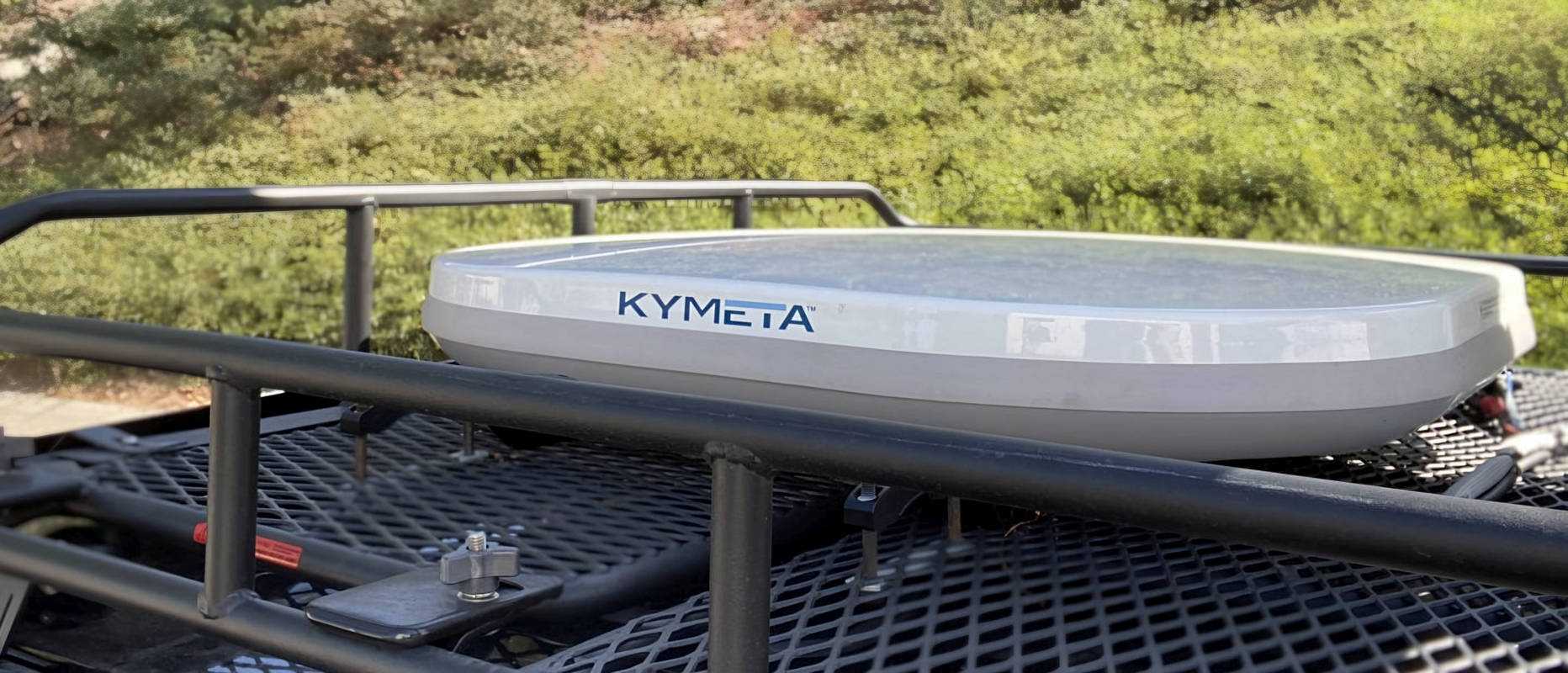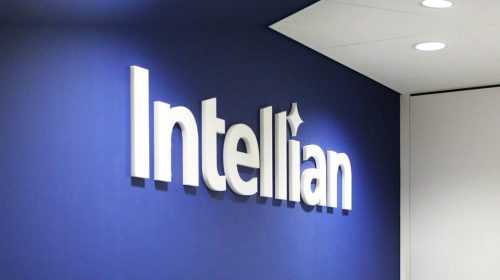UK Hosts OneWeb's Innovative Satellite-5G Rail Trial
Oct 30, 2023
Global satellite operator OneWeb has embarked on trials in the UK to blend its low Earth orbit (LEO) network with 5G connectivity to serve railways. This could enable resilient broadband for critical operations and enhanced passenger experiences.
 Kymeta u8 Antenna. Credit: Kymeta
Kymeta u8 Antenna. Credit: Kymeta
Dubbed Project Sodor, OneWeb is collaborating with partners to showcase hybrid space and ground services. Initial testing utilizes a Kymeta user terminal installed on a rail car on the North Yorkshire Moors Railway. OneWeb’s satellites will interwork with trackside 5G infrastructure in the trial to evaluate performance across diverse use cases.
The pilot aims to prove integrated networks can consistently meet railway communication needs. Reliable, high-bandwidth links are essential as railways modernize. During COVID, passenger numbers dropped up to 80% globally. Upgrading onboard Wi-Fi could help attract travelers back post-pandemic. Connectivity advances also facilitate automation, safety, and cost savings.
However, supporting the variety of rail requirements demands combining solution strengths. Low latency 5G excels in serving busy stations. OneWeb’s satellites can economically extend coverage across vast rail footprints. Using both optimizes overall capability and efficiency. Project Sodor will validate satellite-5G integration for operations like signaling and control alongside passenger applications including entertainment services. Testing an array of uses shows one hybrid architecture can serve all.
As Drew Brandy, Head of Land Mobility at Eutelsat OneWeb noted, “New technologies such as our LEO satellite network will enable use cases that we can hardly even imagine today. Critical to all of these applications will be a highly advanced, flexible, and automatable communications system that ensures the capacity, responsiveness, and security that railways will require.”
The pilot’s timing aligns with the transition to the Future Railway Mobile Communications System (FRMCS). This next-generation network will replace legacy rail technologies like GSM-R using 5G standards. OneWeb’s trial intends to demonstrate how its satellites can help railways migrate to 5G-based FRMCS platforms. Blending 5G’s localized strengths with LEO satellites’ wide-area reach appears an optimal strategy for rail’s diverse needs. OneWeb’s real-world testing will provide evidence of how integrated space-terrestrial systems can upgrade rail connectivity as 5G and next-gen satellites transform mobility.
The Future Railway Mobile Communications System (FRMCS) is the next-generation communications system being developed to replace legacy technologies like GSM-R used for railway operations in Europe. FRMCS will provide a modern, high-performance mobile network tailored for railways based on 5G technologies and standards.
FRMCS aims to offer enhanced capacity, security, reliability, and capabilities compared to current rail communication systems. It will leverage the latest cellular advancements to support innovative operational concepts and services on trains and at stations. Key objectives include increased safety, automated train control, improved passenger experience, lower costs, and higher efficiency.
The FRMCS program was initiated by the International Union of Railways and is being deployed through partnerships between rail stakeholders, regulators, mobile operators, and vendors. Initial commercial service introduction is planned for 2025-2030 with migration expected over a 10-year horizon. With its 5G foundation and extensive capabilities, FRMCS aims to provide the robust connectivity needed to transform rail services across Europe.





